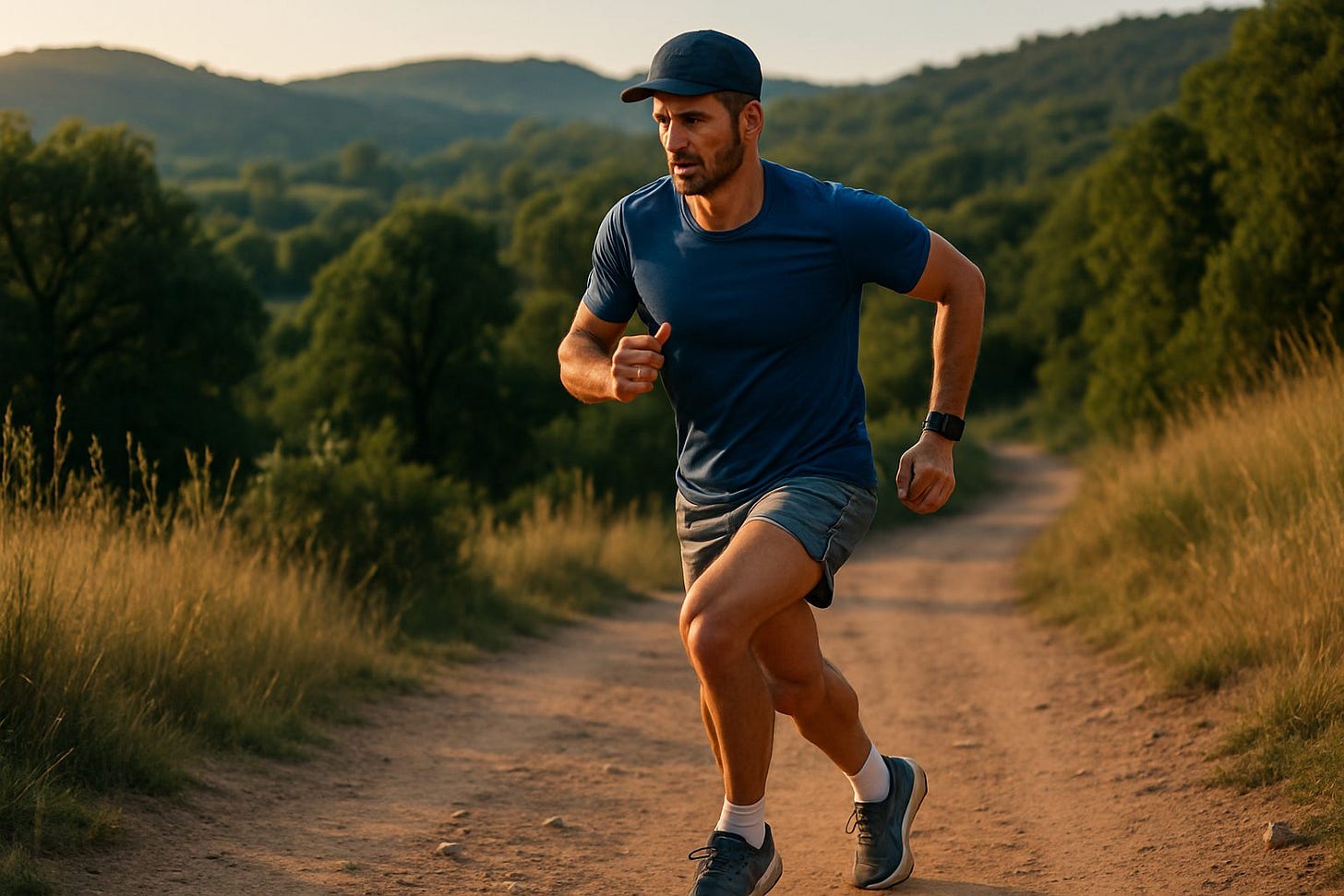6 Longevity Hacks From Elite Endurance Athletes
How top endurance athletes hack longevity—and how you can borrow their tricks 🏃♂️💡
Imagine you’re at the finish line of a marathon: your muscles ache, your breath comes in ragged gasps, and yet, there’s that radiant glow only utter physical defeat can give. That moment captures more than athletic glory—it hints at something profound: longevity. Because beneath the sweat and lactic acid, endurance athletes are quietly building resilience, robustness and arguably, extra years of life.
In this article, I explore six longevity-hacks drawn from elite endurance athletes—the kind of tactics that you don’t often see in glossy wellness ads. Think less “buy this pill” and more “train smarter, recover better, live longer.” I’ve combed through the latest research, review articles, and athlete case-studies so the advice is grounded in science and experience. Ready? Let’s go the distance together.
1. Train for endurance and adaptability
Elite endurance training doesn’t just build muscle—it rewires your physiology. Studies show that former endurance athletes exhibit vastly improved cardiorespiratory fitness, enhanced mitochondrial function and fewer markers of age-related muscle decline.
For example: a 2025 longitudinal study found that people who did structured endurance training early in life had significantly lower frailty and reduced fall risk decades later.
In short: when you train your body to endure, you’re also training it to age more gracefully.
So the hack? Add long sessions where you’re aerobic but not gasping—zone 2 work (think: steady cycling or running at ~60-70% maximum heart rate). Combine it with occasional higher-intensity bursts. Research shows that volumes beyond minimal guidelines (for example 300–600 min/week of moderate or 150–300 min/week of vigorous activity) correlate with a 26-31% lower all-cause mortality.
Action step: If you already run or cycle weekly, pick one extra session where you go long and relaxed, and another where you push but recover fully.
2. Prioritise mobility, strength and stability—not just miles
Endurance alone isn’t enough. Those who age like athletes also train strength, balance and mobility. A 2025 article lists strength training, movement competency and aerobic capacity as keys for “maturing athletes.”
Why? Because as you get older, muscle loss (sarcopenia), balance issues and joint problems become major threats to healthspan. The old endurance-only model leaves gaps.
Hack: Two strength sessions per week (compound lifts, bodyweight moves, maybe kettlebells) plus dynamic mobility work. Also add stability drills: single-leg work, core control, so you reduce fall risk and maintain function.
It’s not about looking like a bodybuilder—it’s about being strong enough to live well.
3. Manage recovery ruthlessly
Here’s the truth: the best athletes don’t just train hard—they recover hard. Work without rest is stress without adaptation. The body needs downtime to repair, rebuild and grow stronger. A review of skin aging in endurance athletes highlights that chronic UV and oxidative exposure demands rest and protective strategy.
Also, the “U-shaped” hypothesis in endurance implies that beyond certain volumes/intensities, the marginal benefits drop and risks rise.
Hack:
Sleep: aim for consistent 7-9 hours.
Deload: every few weeks, scale down volume/intensity.
Use active recovery: mobility, yoga, light swims.
Monitor your body: resting HR, mood, joint soreness. If you’re dragging, back-off.
4. Fuel smart—both for performance and longevity
Endurance training ravages reserves and calls for smart nutrition that supports long-term health, not just short-term gains. The “5 science-backed ways to improve longevity” piece stresses that movement quality and nutrition now matter more than ever.
Here are two tactics elite athletes use that you can adapt:
Prioritise protein: Maintains muscle mass and supports repair. Especially important as you age.
Emphasise whole foods, anti-inflammatory nutrition: Endurance training increases oxidative stress; combining good diet helps mitigate damage. For example, endurance athletes see lower “oxidative stress markers” when balanced diet + training combo is used.
Hack: Post-session, aim for ~0.3–0.4 g protein per kg body weight within the first hour. Include colourful vegetables, healthy fats, fewer processed carbs. Treat nutrition like the fuel AND the repair crew.
5. Embrace longevity-focused mindset and measurement
Athletes live by metrics. Heart rate variability, resting heart rate, training load—these numbers guide them. For longevity, that mindset transfers well. Studies increasingly show the value of consistent moderate-vigorous activity and tracking outcomes.
Also: monitoring and treating aging as something you influence, not just accept passively. Research on ageing shows that changes accelerate around midlife; being proactive helps.
Hack: Keep simple data: resting heart rate, training hours, mobility tests, strength benchmarks. Once a quarter, check how you feel, train, recover. Adjust accordingly. Make aging part of your plan—not your surprise.
6. Build resilience beyond the gym
True longevity in endurance athletes isn’t just physical—it’s holistic. Mentally, they deal with stress, recover from setbacks, adapt to challenges. Physically, they protect themselves from the lesser-discussed pitfalls: UV exposure, joint wear, immune suppression from excess training. The skin ageing study for endurance athletes shows how UV + oxidative stress can accelerate ageing of tissues unless mitigated.
In other words: you might be fit, but if you sit all day, tan recklessly, ignore sleep and social bonds—you leave holes in your longevity shield.
Hack:
Get regular sun protection and skin checks.
Build a resting lifestyle that supports your effort lifestyle: low-stress hobbies, meaningful relationships (yes, social connection matters).
Consider periodisation: off-season, recovery periods, cross-training to reduce wear and tear.
Also read: Cardio Might Be Overrated - 5 Other Exercises That Keep You Younger, Longer
Conclusion & CTA
If elite endurance athletes have taught us anything, it’s this: longevity isn’t a passive outcome—it’s a craft. One forged by smart, consistent effort, recovery, nutrition, measurement and resilience of both body and mind. You don’t need to run ultra-marathons or join a pro cycling squad to borrow these ideas. You just need intention.
Your action plan: Pick one of these hacks above. Try it this week and note how you feel. Then add another next week. Build momentum. Your future self—maybe running strong at 80—will thank you. 🏅


